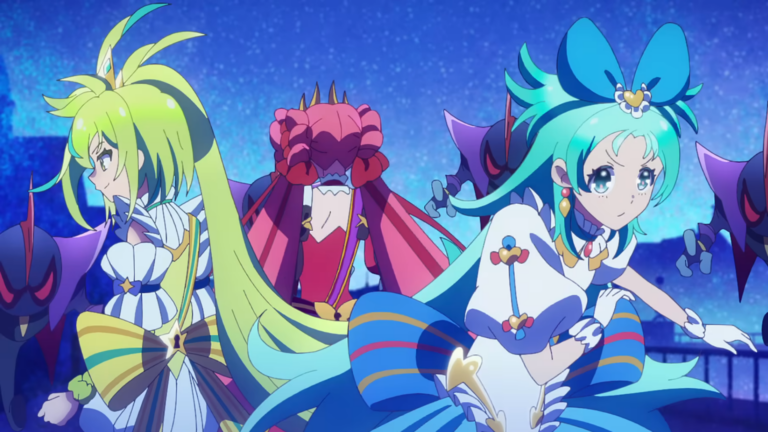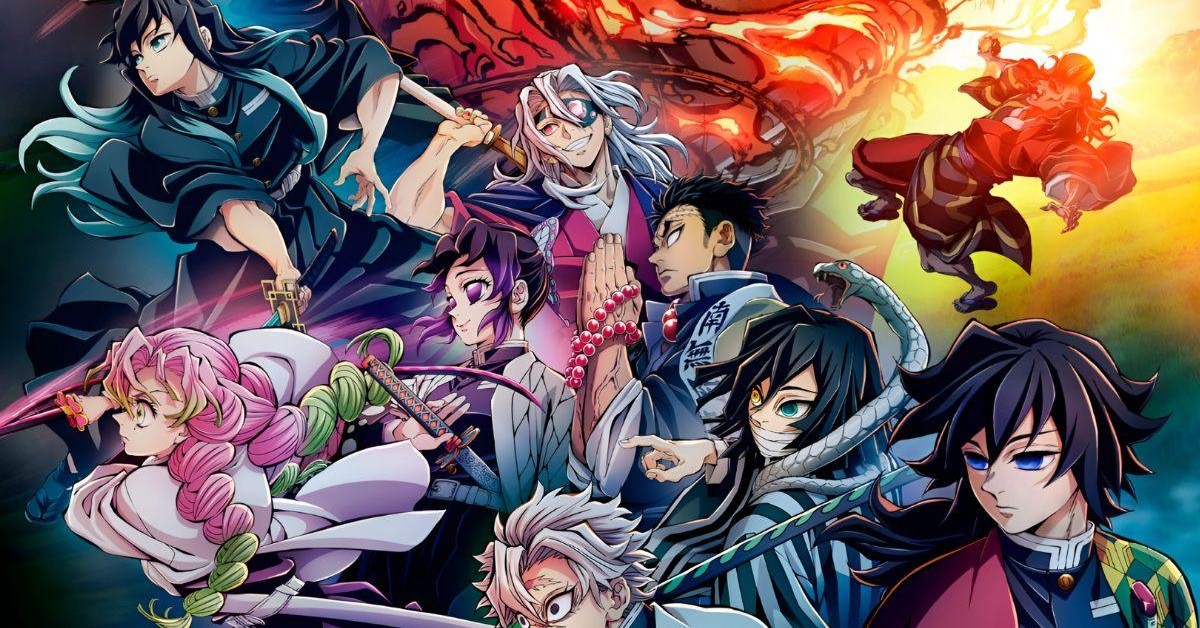If you are a fan of the beloved Peanuts character, Snoopy, then you are in for a treat! The world of Snoopy has transcended generations, bringing joy and nostalgia to both young and old. With the release of the latest movie featuring Snoopy and his classroom of characters, there has never been a better time to dive into the world of Snoopy merch. From action figures to apparel, the Snoopy Merch Official Merchandise collection has something for everyone who loves this iconic beagle.
The Magic of Snoopy Merchandise
The Peanuts franchise has always had a magical appeal. With its timeless charm, Snoopy continues to capture hearts with his imaginative adventures and deep friendships. Consequently, Snoopy merch has gained immense popularity, especially after the release of the new movie. Among the plethora of items available, fans can find everything from plush toys that bring Snoopy to life, to themed clothing that showcases his playful spirit. Each item is crafted with care, ensuring that every detail is a reminder of why we fell in love with this character in the first place.
Diverse Selection for Fans
When it comes to variety, Snoopy merch official merchandise does not disappoint. Whether you’re looking for a unique gift or a personal keepsake, there are endless options to choose from. Want to display your love for Snoopy in your home? Consider getting a Snoopy themed wall art or decorative pillow. If you’re a collector, limited edition figurines and memorabilia can add value and charm to your collection. For those who want to wear their fandom, you can find vibrant T-shirts, stylish hoodies, and cozy socks featuring Snoopy and his pals, making fashion fun and playful.
Why Choose Official Merchandise?
Opting for official merchandise is essential for several reasons. Firstly, official Snoopy merch guarantees quality and authenticity, ensuring that you receive products that accurately represent the beloved character. Unlike unofficial items that may lack detail and durability, the official range is designed to last, allowing you to enjoy your Snoopy items for years to come. Additionally, purchasing official items supports the creators and the franchise, helping to keep the magic of Peanuts alive for future generations.
Where to Find Your Snoopy Merch
Getting hold of your favorite Snoopy merch is easier than ever. Many official retailers, both online and in physical stores, carry an impressive range of Snoopy items. From fan-favorite websites to local specialty shops, you can explore the thrilling array of options at your convenience. Some websites even offer exclusive items that are not available anywhere else, making your shopping experience that much more exciting. Don’t miss your chance to be a proud owner of the Snoopy merch official merchandise collection today!
Final Thoughts
In conclusion, understanding Snoopy Merch Official Merchandise is an important aspect of this topic. As we’ve explored throughout this article, the concepts related to Snoopy Merch Official Merchandise can help you make better decisions and achieve better results. We hope this guide has been helpful in your journey to learn more about this subject.










